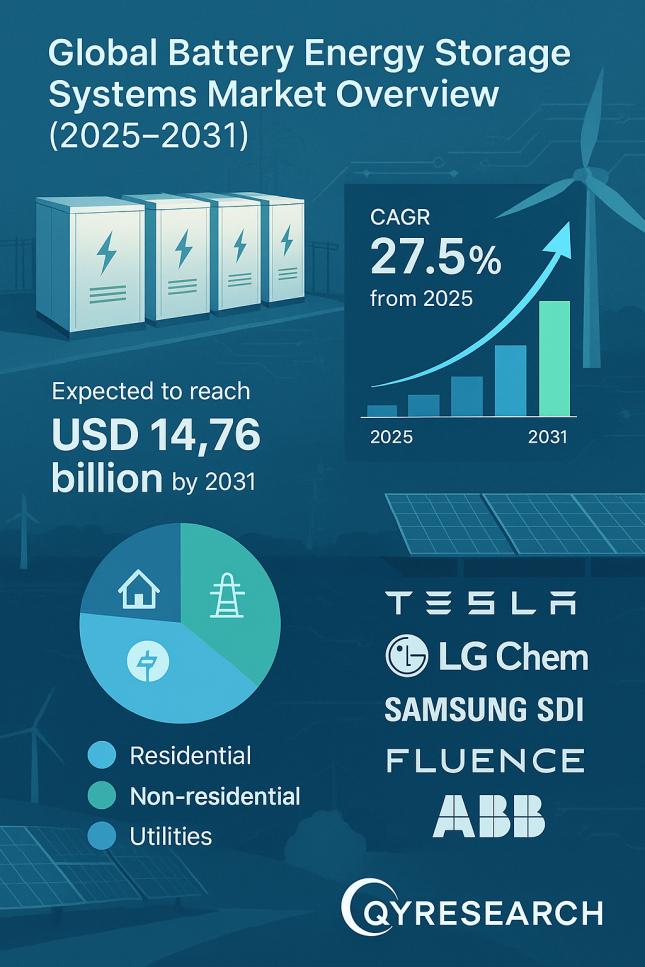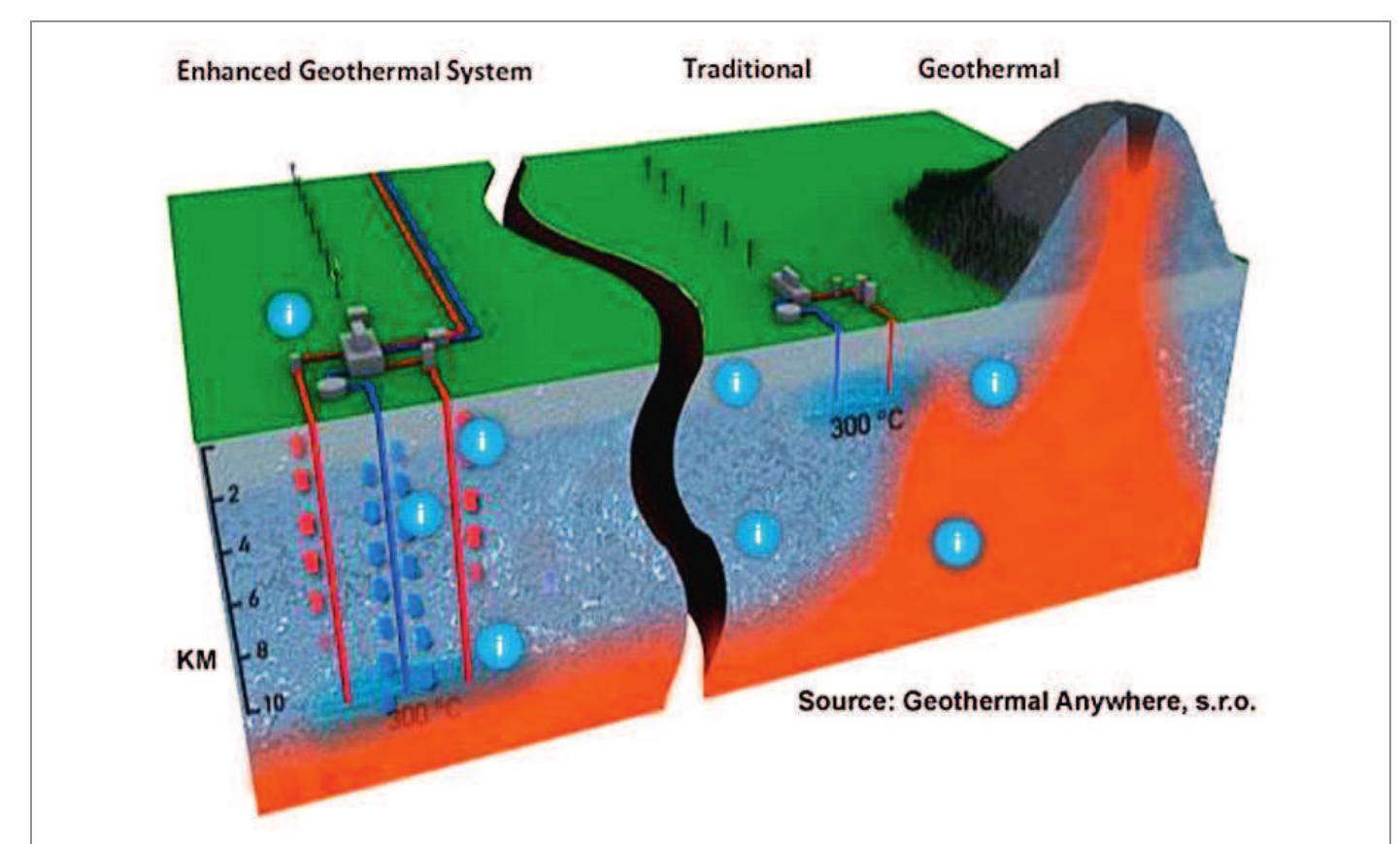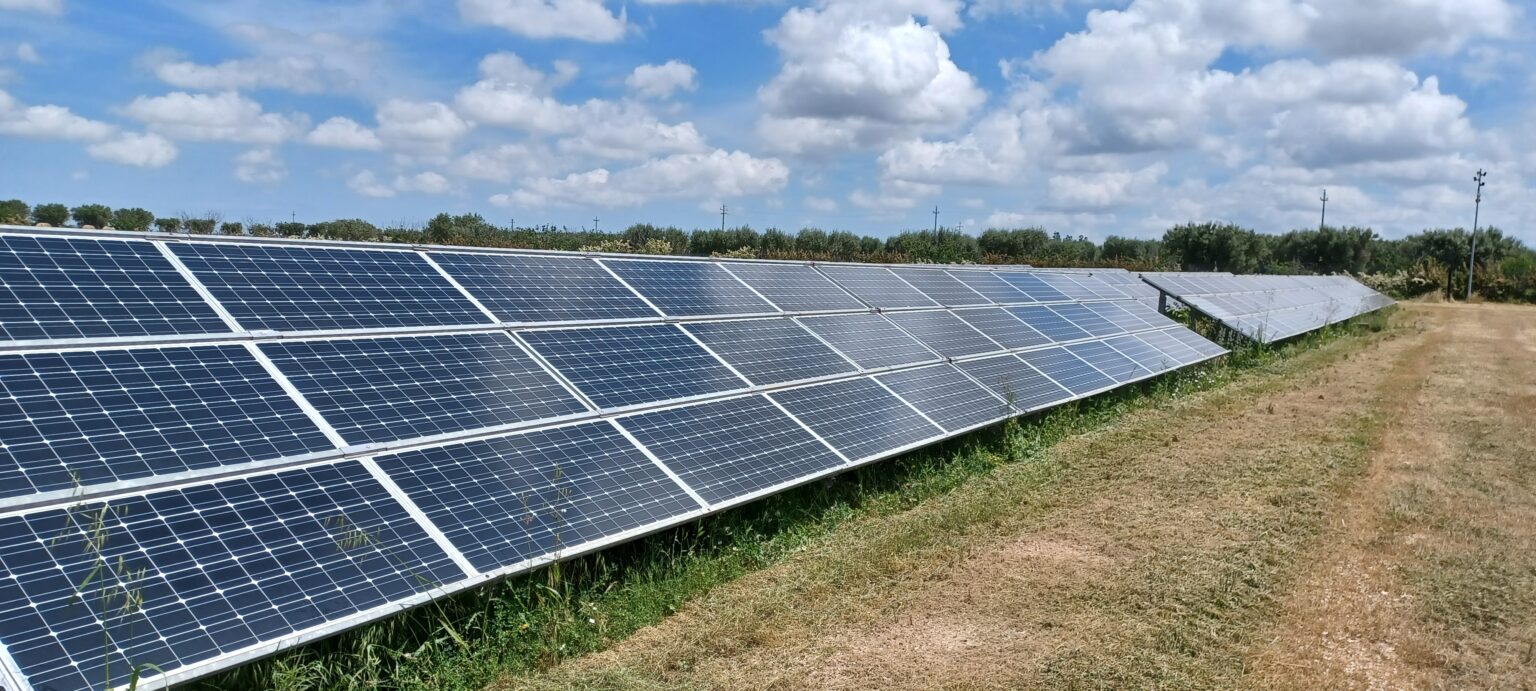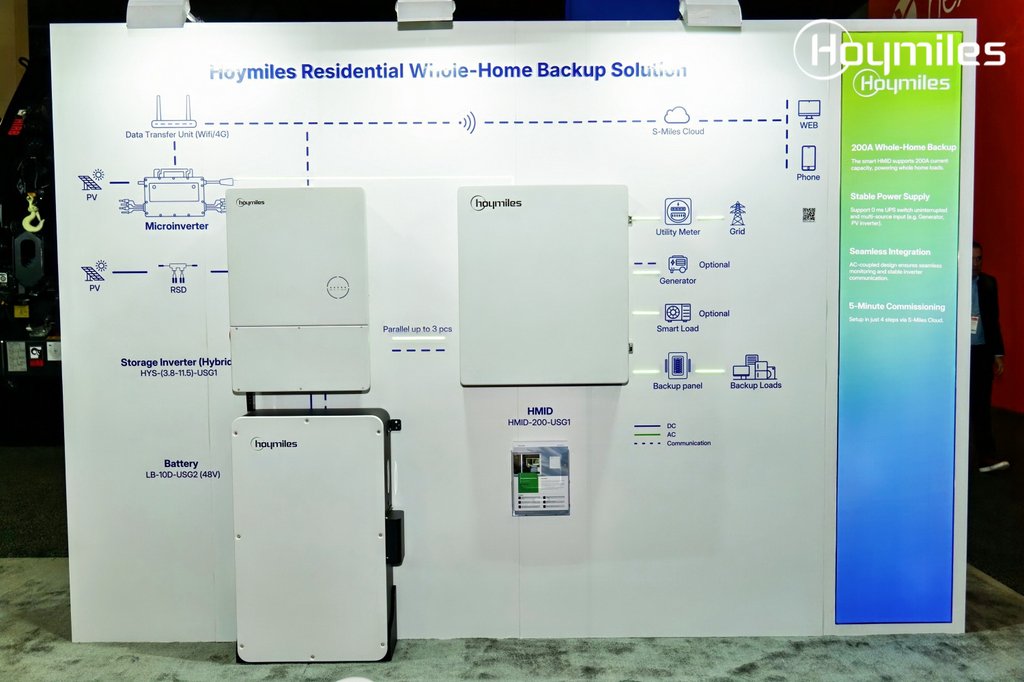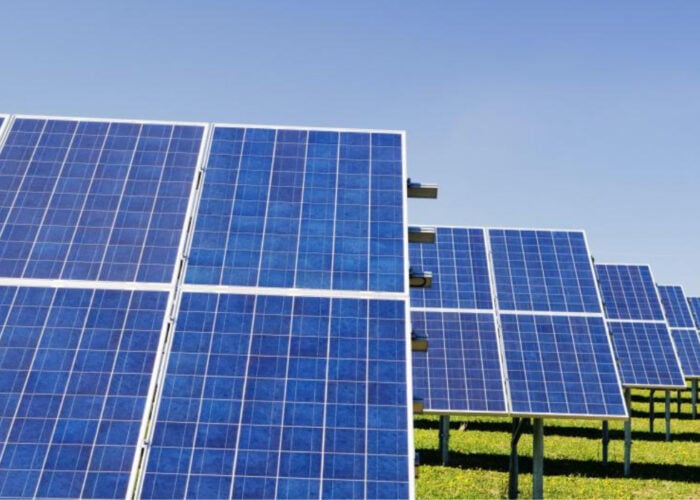
AstuteAnalytica India Pvt. Ltd.
HEMS market is fuelled by centralized management advantages, cost-saving potential, and demand for tenant-appealing amenities. Companies targeting this segment will find lucrative opportunities in both new construction and retrofits. Partnerships with utilities and property management platforms will be crucial for success in this increasingly competitive landscape.
Global Home Energy Management System Market Projected to Reach US$ 17.81 Billion by 2032
The global home energy management system market is projected to surpass US$ 17.81 billion by 2032, exhibiting a CAGR of 20.6% during the forecast period 2024–2032. This market is experiencing significant growth due to the increasing demand from homeowners who want to manage their electricity bill and usage. A recent study by Astute Analytica found that 70% of a home’s energy is consumed by appliances and electronics, but HEMS can reduce consumption by 10-25%. Smart thermostats have already gained popularity, and consumers are ready for change, with 69% willing to modify their habits to save energy and money. Additionally, HEMS can cut down greenhouse gas emissions by 2 tons per household each year. The study also revealed that homeowners can expect savings of around $500 per year, and the property improvement usually pays for itself within 3-5 years.
Key Findings in Global Home Energy Management System Market:
- Market Forecast (2032): US$ 17.81 billion
- CAGR: 20.6%
- Largest Region (2023): Asia Pacific (44.5%)
- By Component: Hardware (59.1%)
- By Building Type: Apartment Buildings (42.7%)
- By Application: Energy Management (36.9%)
- By Technology: Wireless (66.4%)
- By Construction: New (83.8%)
Top Trends in Global Home Energy Management System Market:
- Integration of renewable energy sources: Solar panels and home batteries being managed with HEMS for increased self-sufficiency.
- Smart home connectivity: Centrally controlling lights, appliances, and thermostats through HEMS platforms.
- Demand response programs: Utilities partnering with HEMS to optimize grid stability and offer consumer incentives.
HEMS Market Heats Up: Major Partnerships Signal Rapid Growth in Smart Energy Management
PulteGroup’s deal with SPAN for advanced energy management represents the growing role of HEMS in new construction. The partnership highlights the increasing interest among homebuilders in energy efficiency, easy integration into the grid, and compliance with evolving building codes. Another partnership between SmartThings and Eve Systems indicates a broader push toward improved real-time electricity monitoring within smart-home platforms. As more brands become compatible with SmartThings’ energy-management capabilities, consumers gain more options and control.
Key Segmentation in Global Home Energy Management System Market:
By Component:
- Hardware
- Thermostats
- Smart Panels
- Consumption Monitors
- Smart Circuit
- Monitoring & Control app
- Software
- Services
By Technology:
- Wired
- Wireless
- Bluetooth
- Wi-Fi
- Zigbee
- Z-wave
- Others
By Application:
By Building Type:
By Construction:
- New
- Renovation
Apartment Buildings are the Leading Consumers of Home Energy Management Market
Apartment buildings are rapidly rising to the top of the Home Energy Management Systems market. Factors fueling this include simplified HEMS deployment, property owners benefiting from technology’s bulk discounts, government incentives, and energy waste reduction. HEMS in apartment buildings create a value-added amenity that attracts eco-conscious tenants and justifies higher rents for landlords. Utility demand response programs can also generate more revenue for building owners while stabilizing the grid. Key companies targeting HEMS in apartment buildings include BuildingIQ, GridPoint, Schneider Electric, and Siemens.
Asia Pacific HEMS Market: A Region Poised for Explosive Growth
The Asia Pacific (APAC) home energy management systems market is expected to grow substantially, accounting for around 44.5% of the total market share. China leads this growth, followed by Japan and South Korea. The residential sector in APAC has been the primary adopter of HEMS due to growing smart homes technology. Consumers in the Asia Pacific market for HEMS are adopting these technologies with energy efficiency in mind while also trying to control rising costs. Government initiatives and incentives encourage these practices even more in some countries. Additionally, there’s a trend toward integrating HEMS with solar PV systems and battery storage, aligning with increasing demand response programs where utilities optimize grid flexibility with consumers’ help.
Global Home Energy Management System Market Key Companies
Honeywell International Inc, Panasonic Cooperation, Iberdrola, EDF, and DENSO are top players collectively contributing more than 60% revenue share. Honeywell International Inc. holds a dominant position in the moderately consolidated Home Energy Management Systems (HEMS) market, boasting over 15.8% market share. Honeywell’s extensive offering of reliable and innovative products, along with partnerships in the smart home and energy sectors, has helped them stay ahead of the competition. They actively work alongside utility companies and integrate their HEMS products into demand response programs.
About Astute Analytica
Astute Analytica is a global analytics and advisory company that provides accurate estimates and projections for various industries. They have a team of professionals specializing in business analysis, economics, consulting, and technology. Astute Analytica prioritizes customer satisfaction and offers cost-effective solutions to meet their clients’ needs.
Contact us:<
SDGs, Targets, and Indicators Analysis
1. Which SDGs are addressed or connected to the issues highlighted in the article?
- SDG 7: Affordable and Clean Energy
- SDG 9: Industry, Innovation, and Infrastructure
- SDG 11: Sustainable Cities and Communities
- SDG 12: Responsible Consumption and Production
- SDG 13: Climate Action
The article discusses the home energy management system market, which is directly related to SDG 7 as it focuses on affordable and clean energy. It also mentions the integration of renewable energy sources, which aligns with SDG 7’s target of increasing the share of renewable energy in the global energy mix. Additionally, the article highlights the role of HEMS in sustainable cities and communities (SDG 11) by reducing energy consumption and greenhouse gas emissions. The emphasis on energy efficiency and reducing carbon footprint also connects to SDG 12 (responsible consumption and production) and SDG 13 (climate action).
2. What specific targets under those SDGs can be identified based on the article’s content?
- Target 7.2: Increase substantially the share of renewable energy in the global energy mix.
- Target 9.4: Upgrade infrastructure and retrofit industries to make them sustainable.
- Target 11.6: Reduce the adverse per capita environmental impact of cities.
- Target 12.2: Achieve sustainable management and efficient use of natural resources.
- Target 13.2: Integrate climate change measures into national policies, strategies, and planning.
The article’s content suggests the need to increase the share of renewable energy in the global energy mix (Target 7.2). It also highlights the importance of upgrading infrastructure and retrofitting buildings for sustainability (Target 9.4). The focus on reducing energy consumption, greenhouse gas emissions, and environmental impact aligns with Target 11.6. Additionally, the emphasis on energy efficiency and responsible consumption connects to Target 12.2, while the mention of cutting down greenhouse gas emissions relates to Target 13.2.
3. Are there any indicators mentioned or implied in the article that can be used to measure progress towards the identified targets?
Yes, the article provides indicators that can be used to measure progress towards the identified targets:
- Share of renewable energy in the global energy mix
- Number of infrastructure upgrades and retrofits for sustainability
- Reduction in per capita environmental impact of cities
- Efficient use of natural resources
- Integration of climate change measures into national policies and planning
The article mentions that home energy management systems can increase the share of renewable energy in the global energy mix, indicating progress towards Target 7.2. It also discusses infrastructure upgrades and retrofits for sustainability, which can be measured by tracking the number of such projects completed (Target 9.4). The reduction in per capita environmental impact of cities can be measured using indicators such as energy consumption per capita or greenhouse gas emissions per capita (Target 11.6). The efficient use of natural resources can be measured by tracking resource consumption and waste generation (Target 12.2). Finally, the integration of climate change measures into national policies and planning can be assessed by analyzing the inclusion of climate-related goals and strategies in government documents (Target 13.2).
Table: SDGs, Targets, and Indicators
| SDGs | Targets | Indicators |
|---|---|---|
| SDG 7: Affordable and Clean Energy | Target 7.2: Increase substantially the share of renewable energy in the global energy mix. | Share of renewable energy in the global energy mix. |
| SDG 9: Industry, Innovation, and Infrastructure | Target 9.4: Upgrade infrastructure and retrofit industries to make them sustainable. | Number of infrastructure upgrades and retrofits for sustainability. |
| Target 9.4: Upgrade infrastructure and retrofit industries to make them sustainable. | Number of infrastructure upgrades and retrofits for sustainability. | |
| SDG 11: Sustainable Cities and Communities | Target 11.6: Reduce the adverse per capita environmental impact of cities. | Reduction in per capita environmental impact of cities. |
| SDG 12: Responsible Consumption and Production | Target 12.2: Achieve sustainable management and efficient use of natural resources. | Efficient use of natural resources. |
| Target 12.2: Achieve sustainable management and efficient use of natural resources. | Efficient use of natural resources. | |
| SDG 13: Climate Action | Target 13.2: Integrate climate change measures into national policies, strategies, and planning. | Integration of climate change measures into national policies and planning. |
Behold! This splendid article springs forth from the wellspring of knowledge, shaped by a wondrous proprietary AI technology that delved into a vast ocean of data, illuminating the path towards the Sustainable Development Goals. Remember that all rights are reserved by SDG Investors LLC, empowering us to champion progress together.
Source: finance.yahoo.com

Join us, as fellow seekers of change, on a transformative journey at https://sdgtalks.ai/welcome, where you can become a member and actively contribute to shaping a brighter future.

